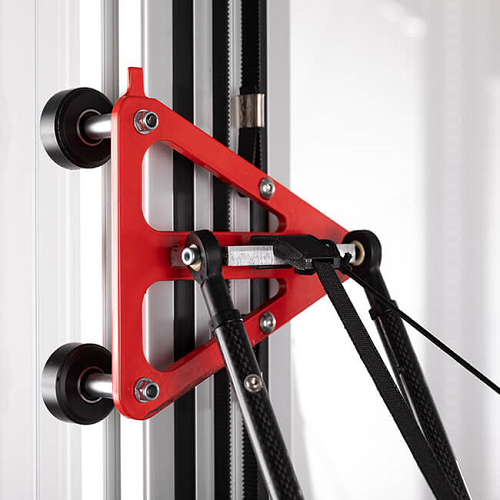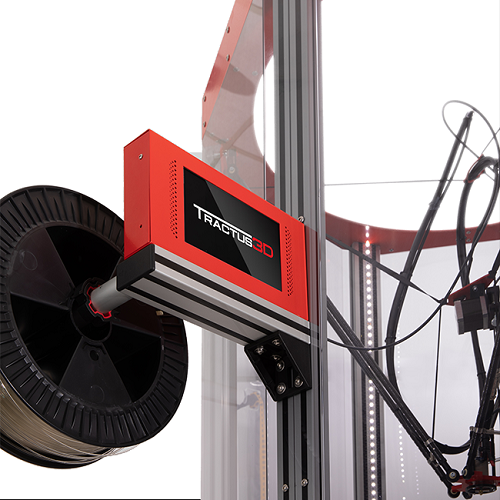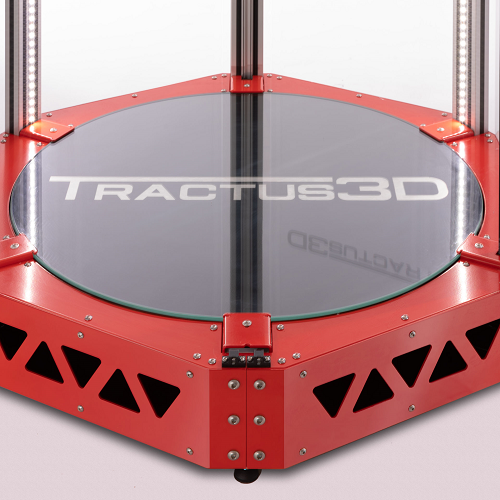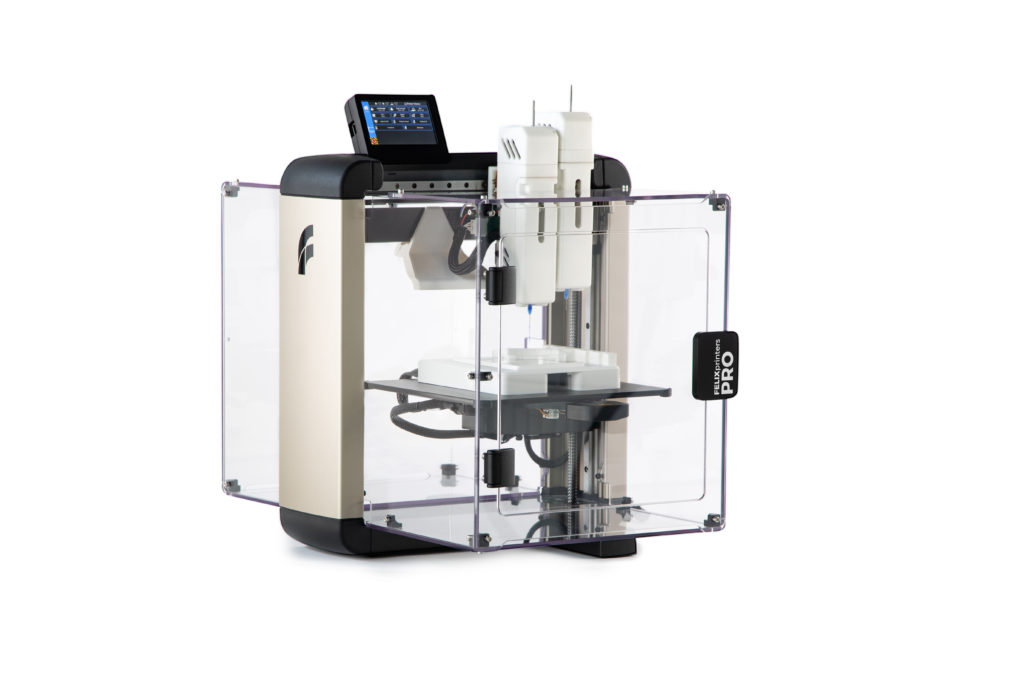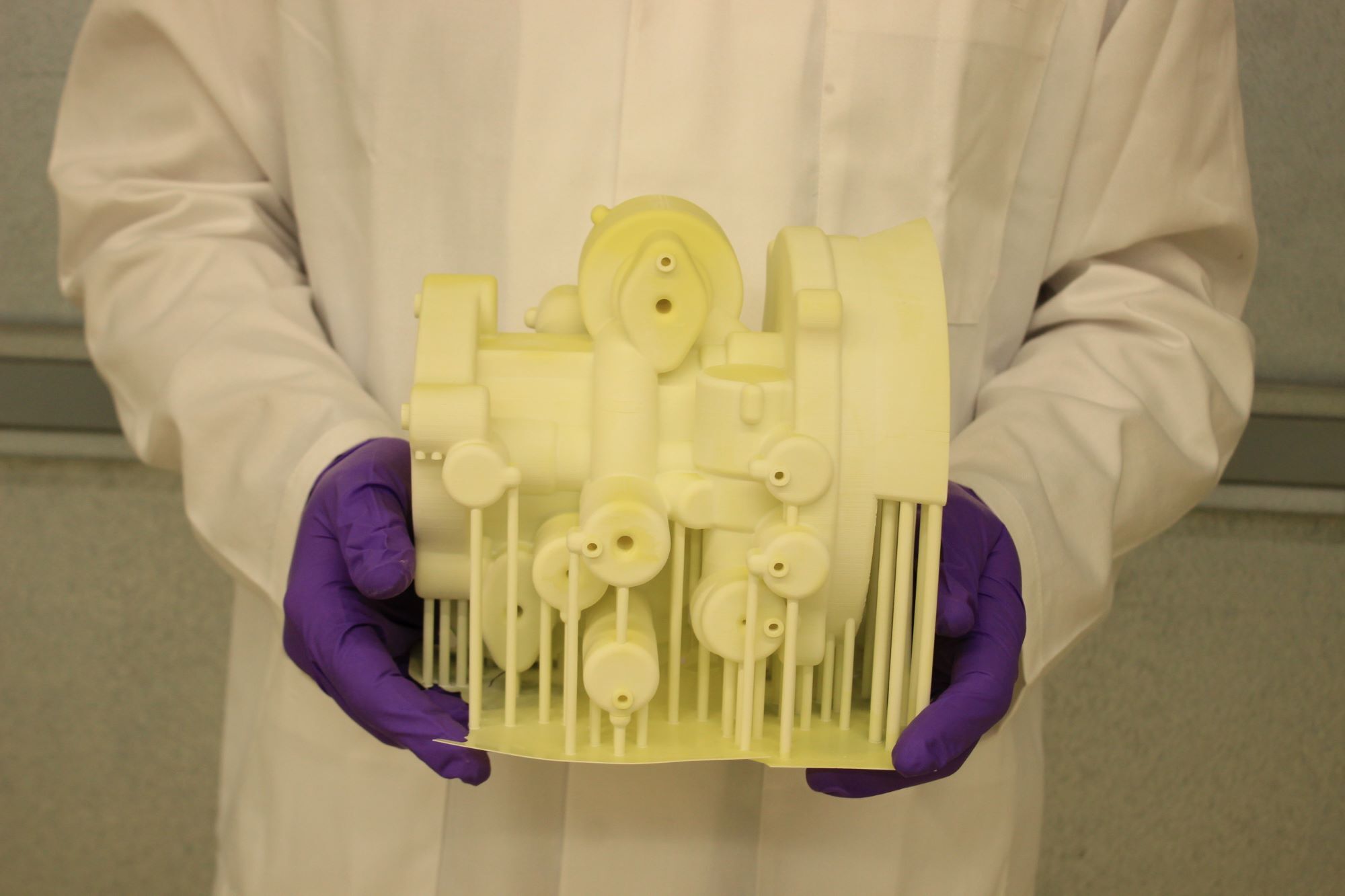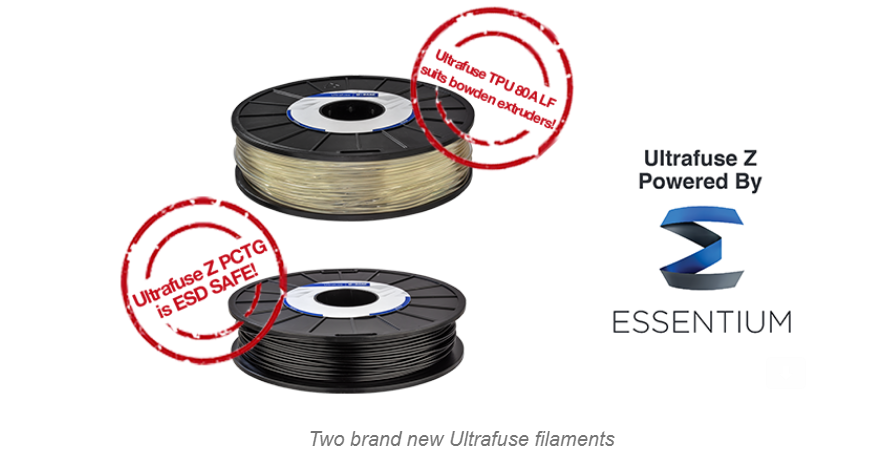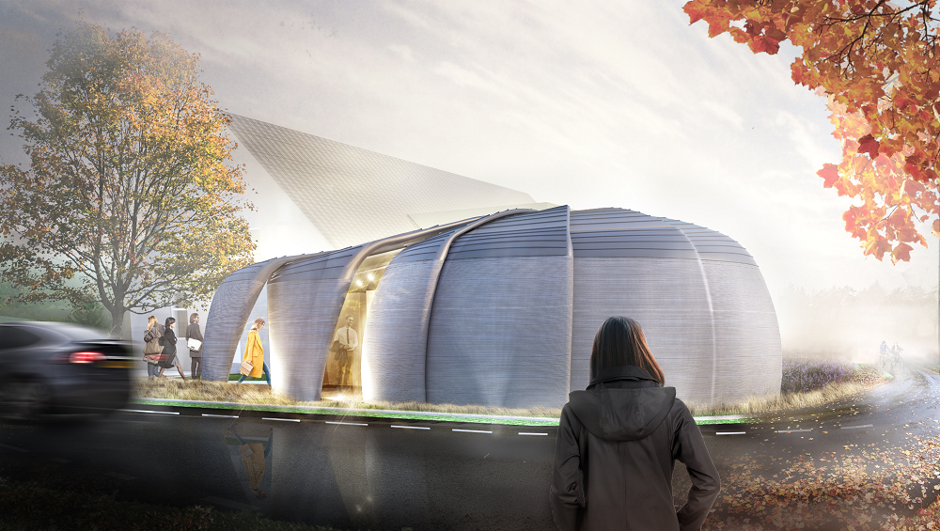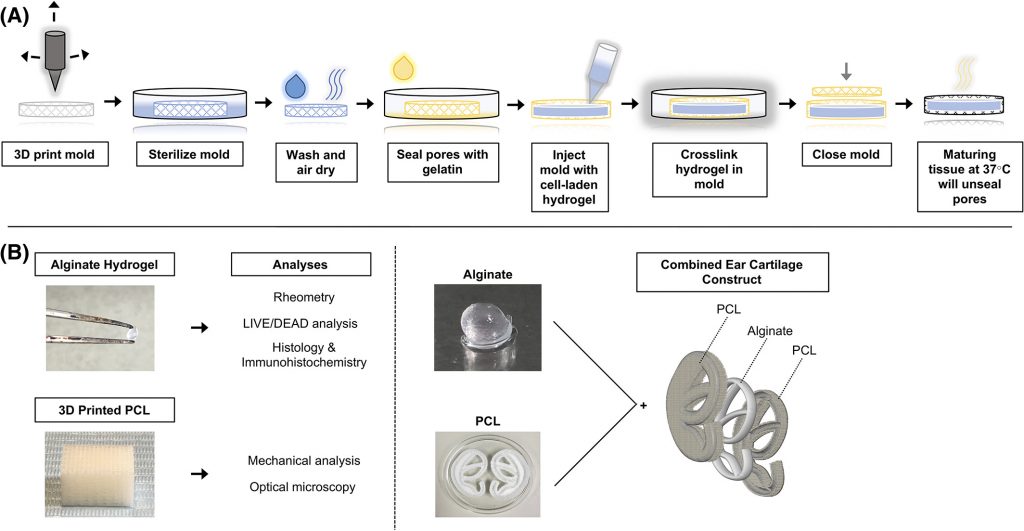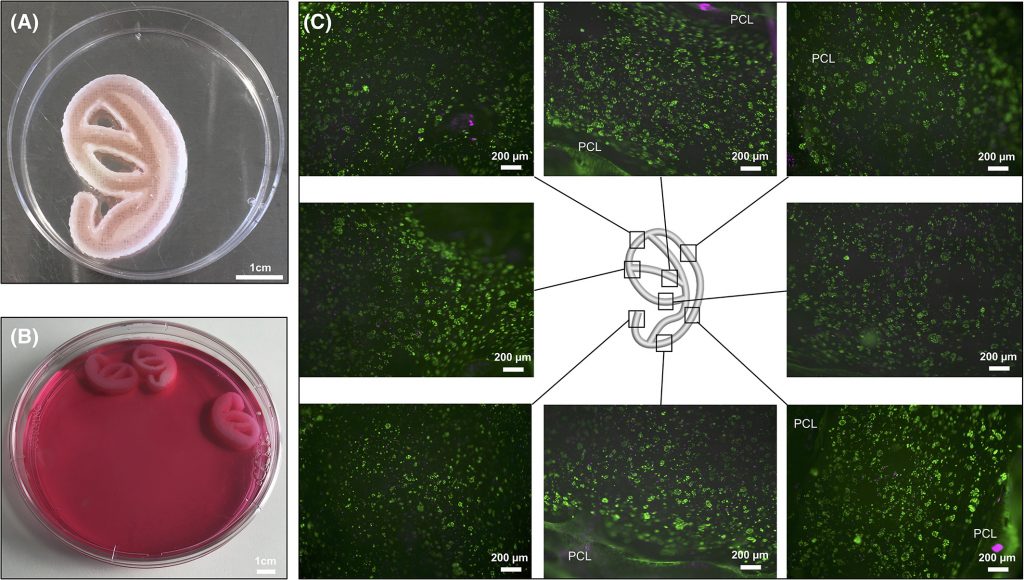![]() Dutch 3D printer manufacturer Tractus3D specializes in making Delta-style, large-format systems that are, according to its website, “more reliable, versatile and future proof than most others in the market.” The company is the 3D printing market leader in outdoor signage, though its tough, high quality printers can also be found working in the automotive, construction, healthcare, and manufacturing industries.
Dutch 3D printer manufacturer Tractus3D specializes in making Delta-style, large-format systems that are, according to its website, “more reliable, versatile and future proof than most others in the market.” The company is the 3D printing market leader in outdoor signage, though its tough, high quality printers can also be found working in the automotive, construction, healthcare, and manufacturing industries.
Through a partnership with Innofil3D, Tractus3D offers inexpensive filament to its customers, though its 3D printers are also open if anyone wants to use their own materials, and the company’s large volume systems are “born from a passion for perfection.”
The company has three different 3D printer series, in addition to several available add-ons and upgrades. The Desk series, for 3D printing smaller objects, includes the T1250, T850, and T650 3D printers, while the Pro series consists of the high temperature, industrial T850P and T650P systems. The Large Volume series is made up of the T3500, which can print objects up to 2.1 meters high, and the T3000, able to print 1.45 meters high. This week, Tractus3D welcomed a new addition to this series – the T2000 3D printer, “our perfect sized industrial 3D printer.”
“As you know at Tractus3D, we are always looking for new opportunities to offer our clients,” the company wrote in an email. “This is the moment we can officially introduce our newly developed 3D printer: the T2000.”
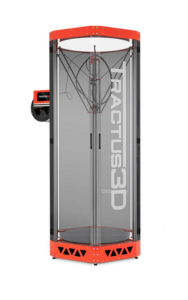 The new large volume T2000 3D printer offers a printing height of 1 meter, and a width of 68 cm. Even though it is a large-format system, it’s still small enough at 2 meters tall and 82 cm wide to fit through a door and be placed comfortably in any workspace or office.
The new large volume T2000 3D printer offers a printing height of 1 meter, and a width of 68 cm. Even though it is a large-format system, it’s still small enough at 2 meters tall and 82 cm wide to fit through a door and be placed comfortably in any workspace or office.
“One of our passions is large volume printing. With our T3500 and T3000 we have two of the biggest 3D printers in the world. However, we noticed that large volume is also needed in a smaller space, say in every normal office. That’s where our latest 3D printer comes in,” the Tractus3D website states.
The new T2000 3D printer, which Tractus3D has labeled a plug and play system, provides extremely high accuracy when it comes to fabricating large objects, and it also features a closed chamber, which offers good temperature stability and helps to minimize the chance of prints warping. It has a fast printing speed of up to 400 mm per second, and also includes a flying extruder, a 7″ LCD touchscreen for ease of use, an F033L printhead with a fan unit, and an upgrade to the latest firmware 3.0.
Additional specs for the T2000 include:
- net weight of 175 kg
- automatic bed leveling
- XYZ resolution of 20, 20, 50 microns
- heated build plate (up to 110°C)
- good layer resolution for five different nozzles
If interested, you can request a quote for the T2000 3D printer here. Tractus3D will begin shipping the new system in May 2020, on a first come, first serve basis.
What do you think of this new 3D printer? Discuss this story and other 3D printing topics at 3DPrintBoard.com or share your thoughts in the Facebook comments below.
(Images: Tractus3D)
The post Tractus3D Introducing Latest Large Volume 3D Printer, the Office-Friendly T2000 appeared first on 3DPrint.com | The Voice of 3D Printing / Additive Manufacturing.


